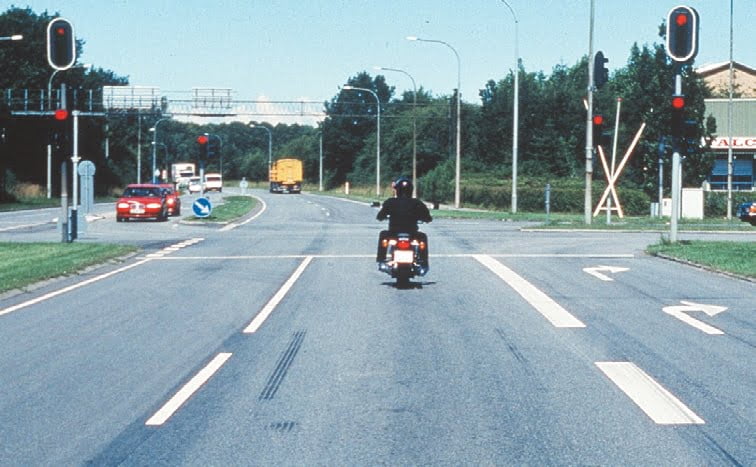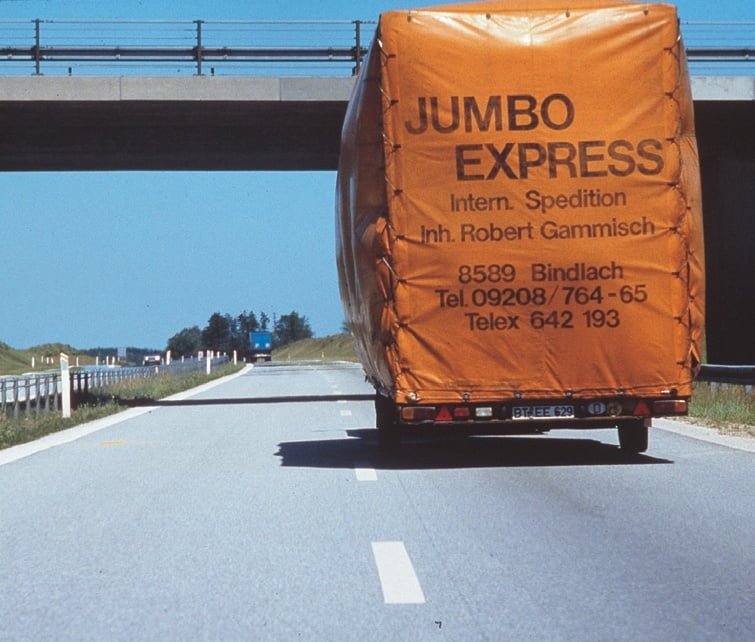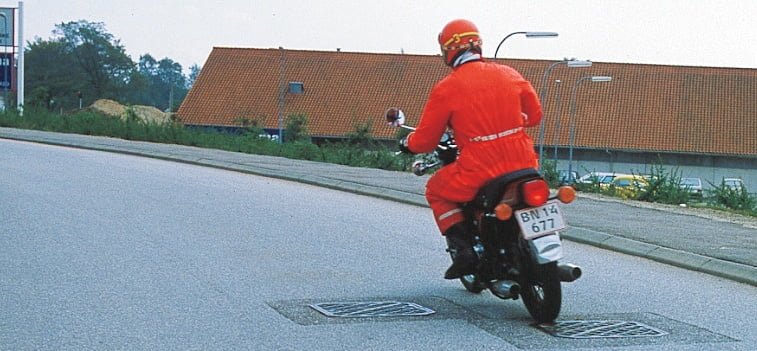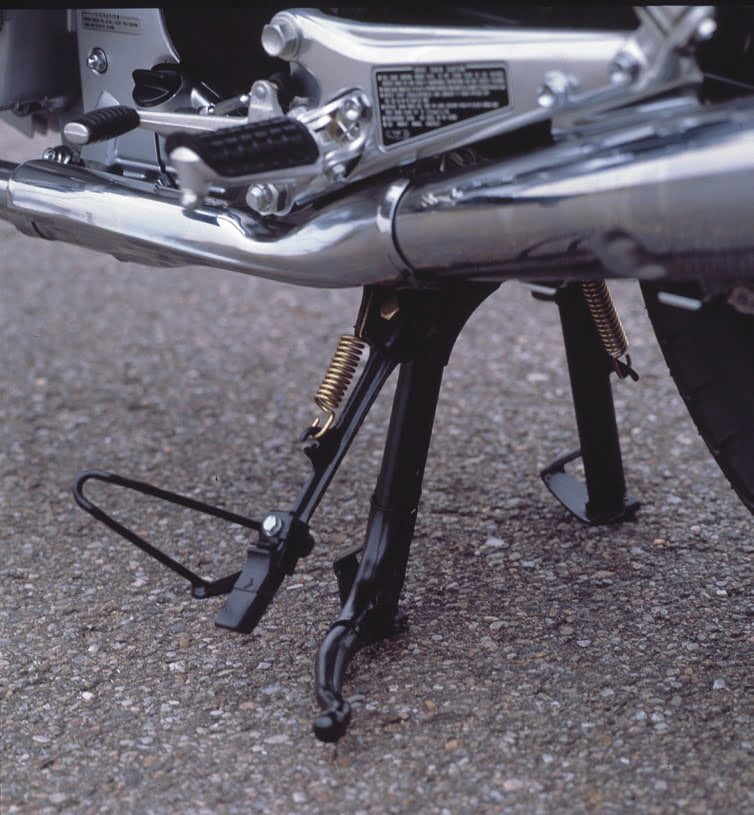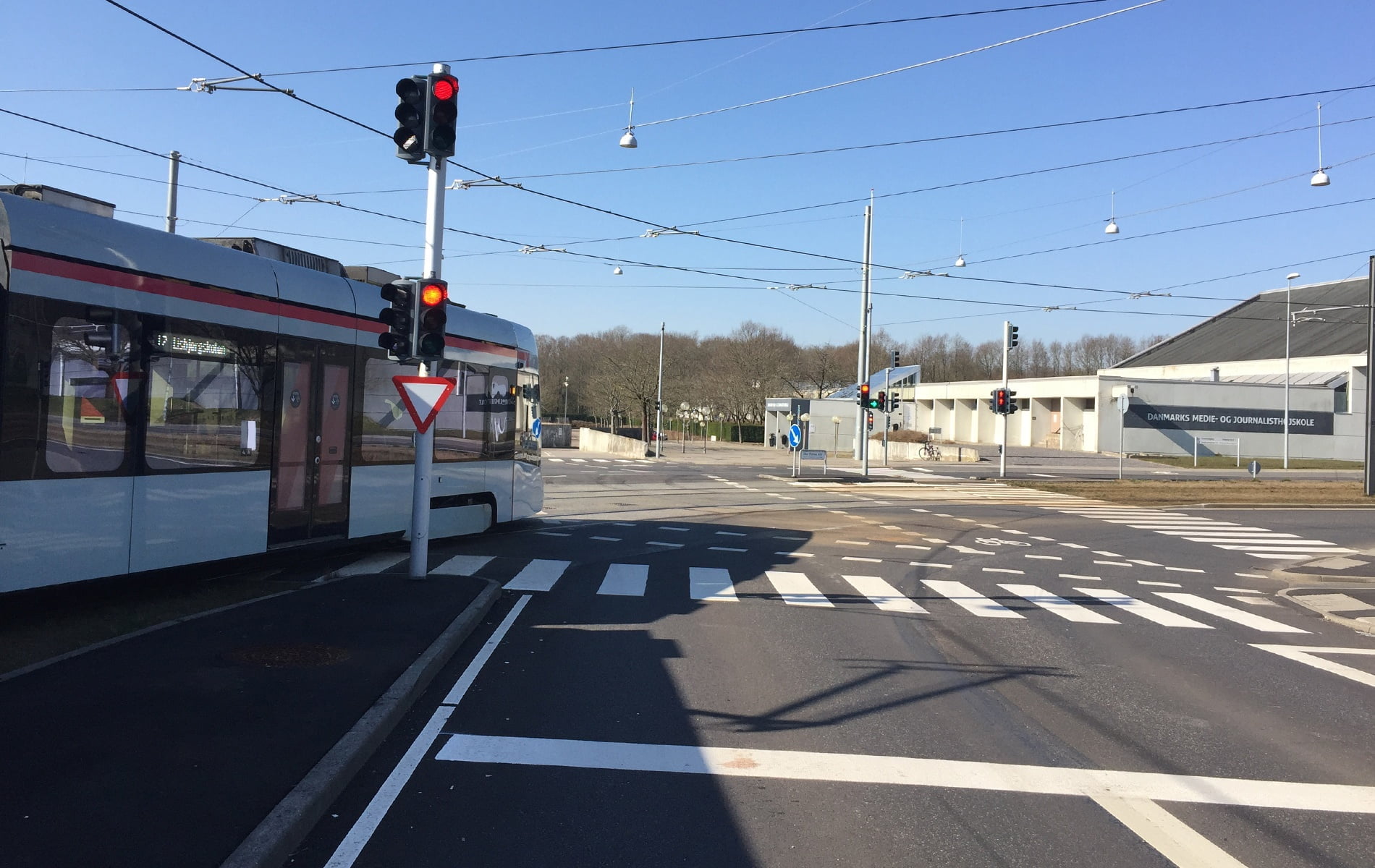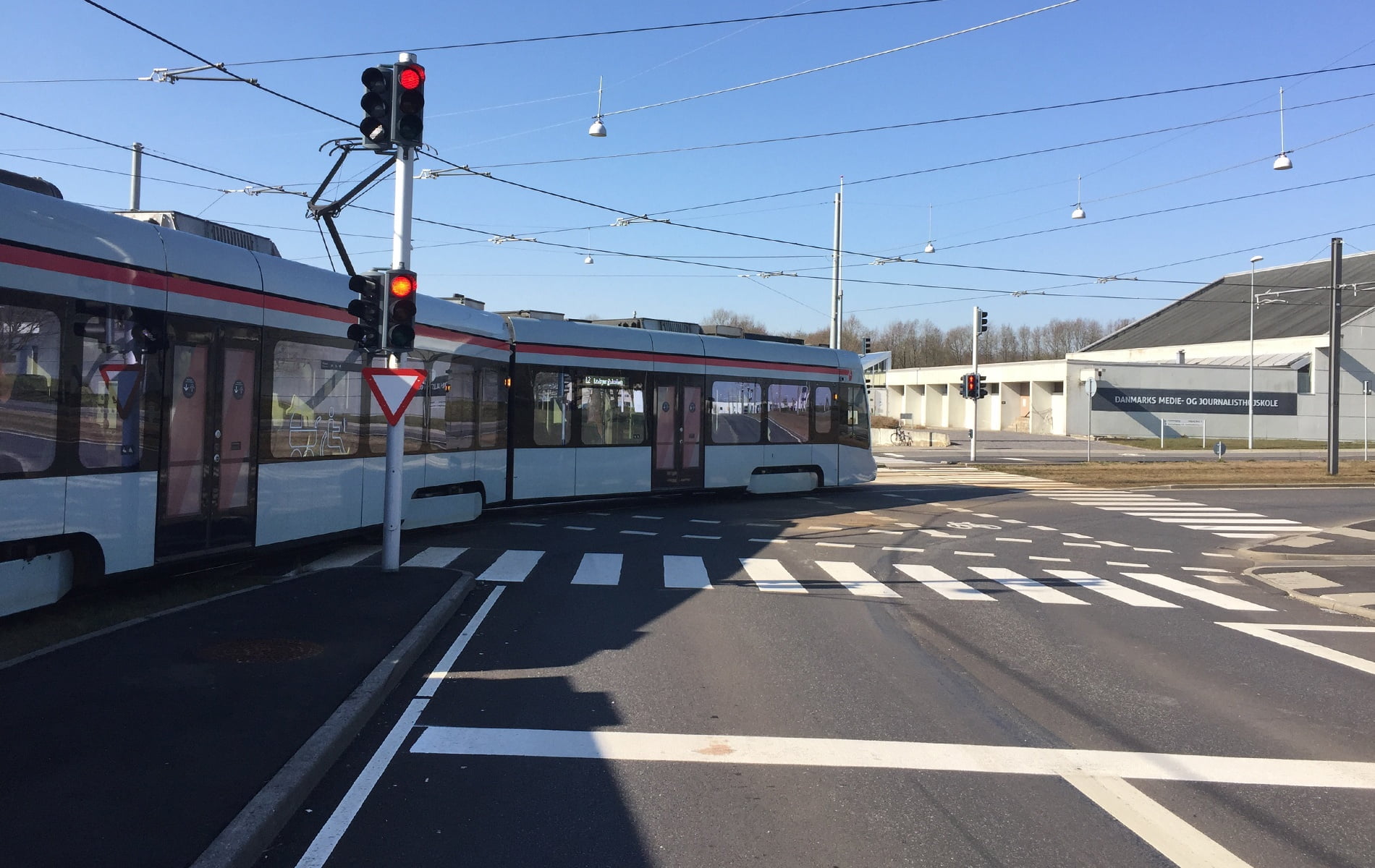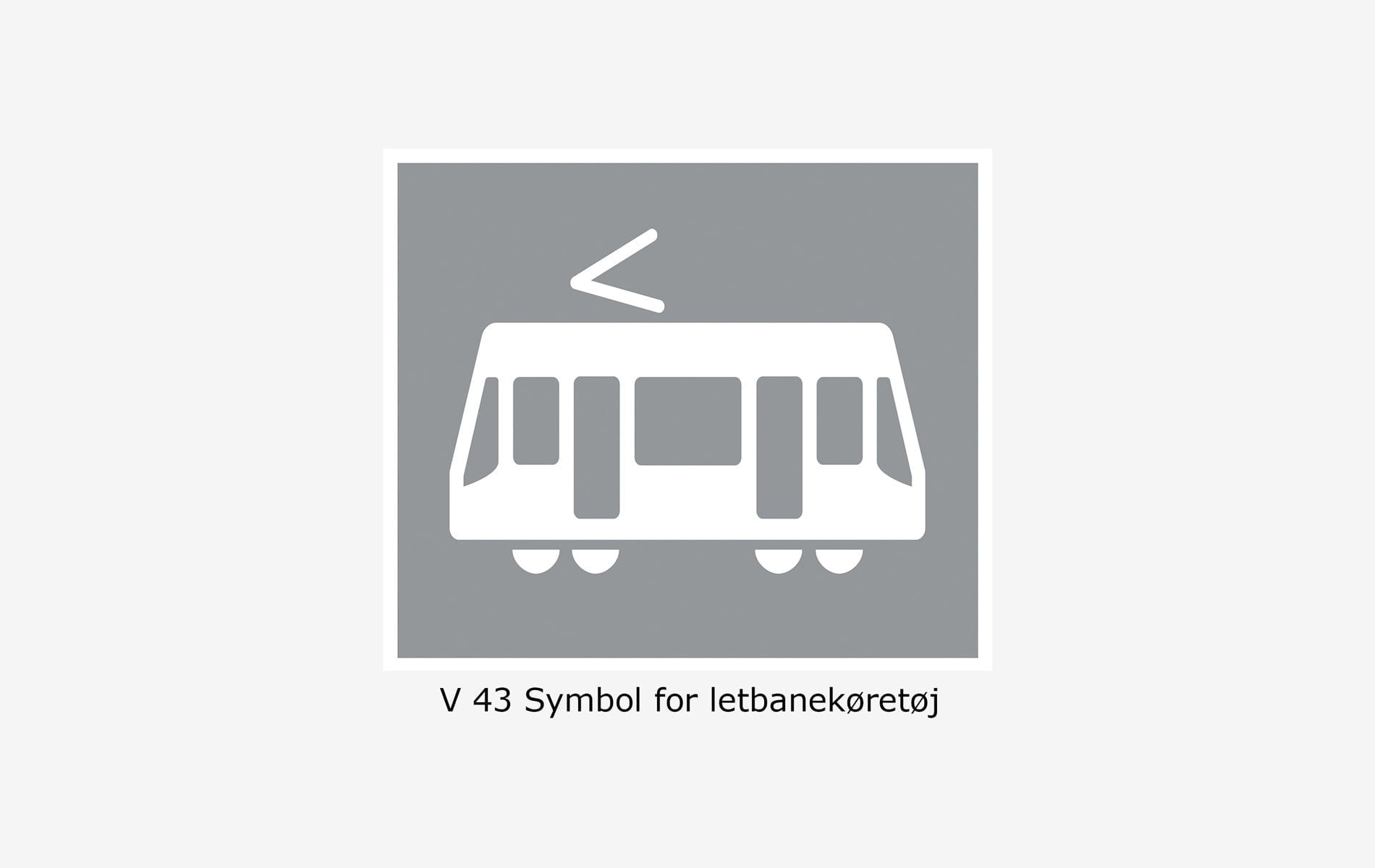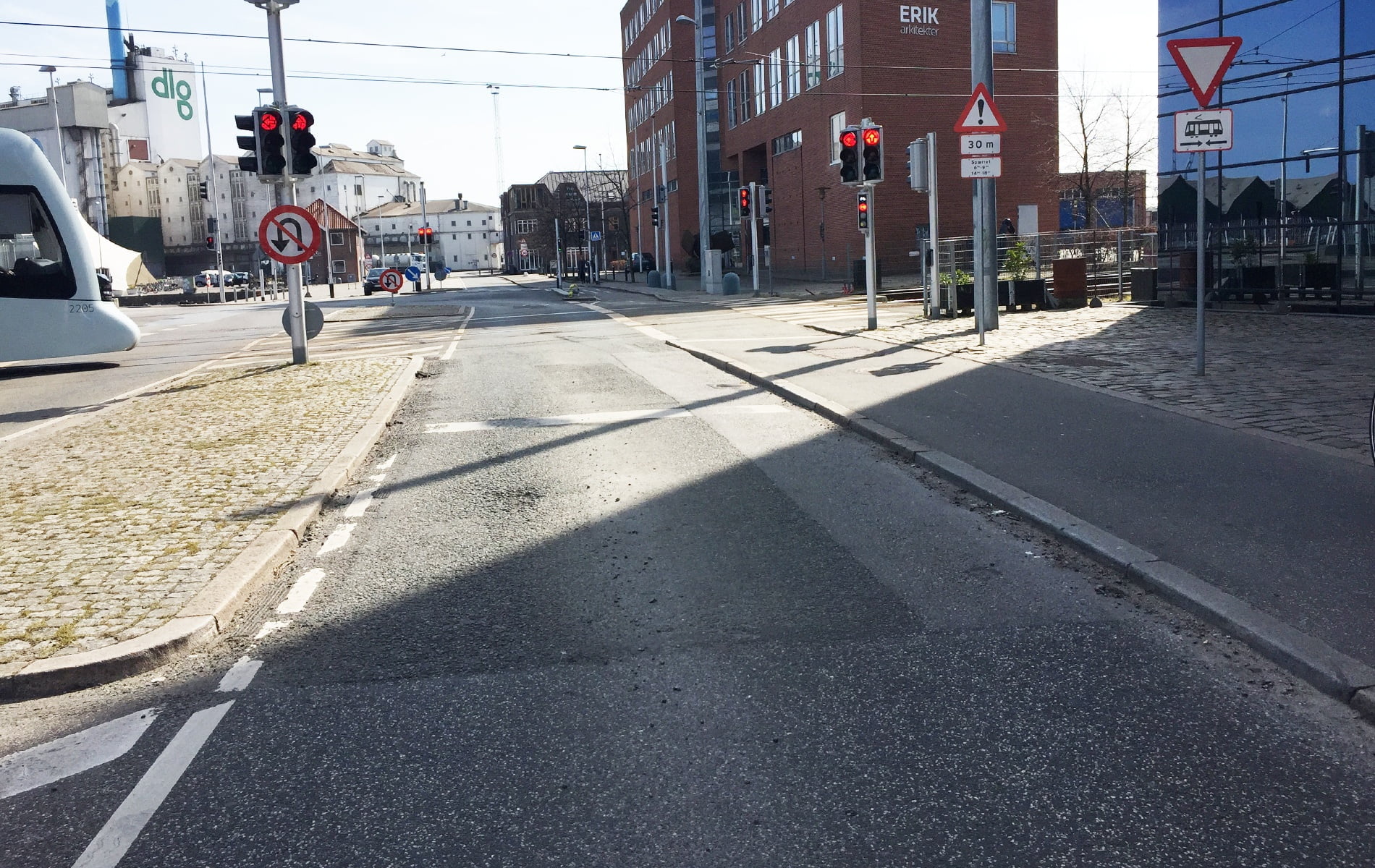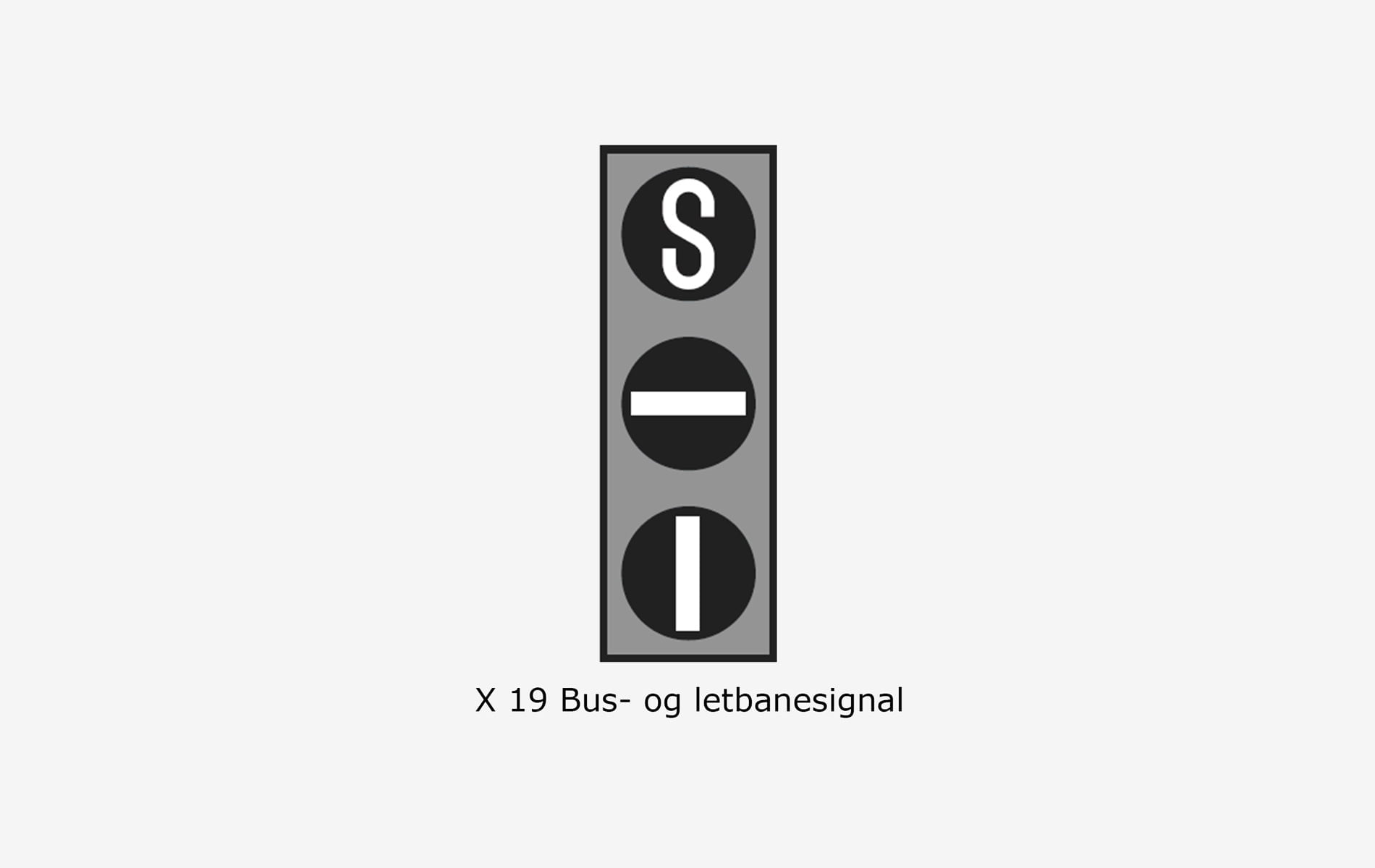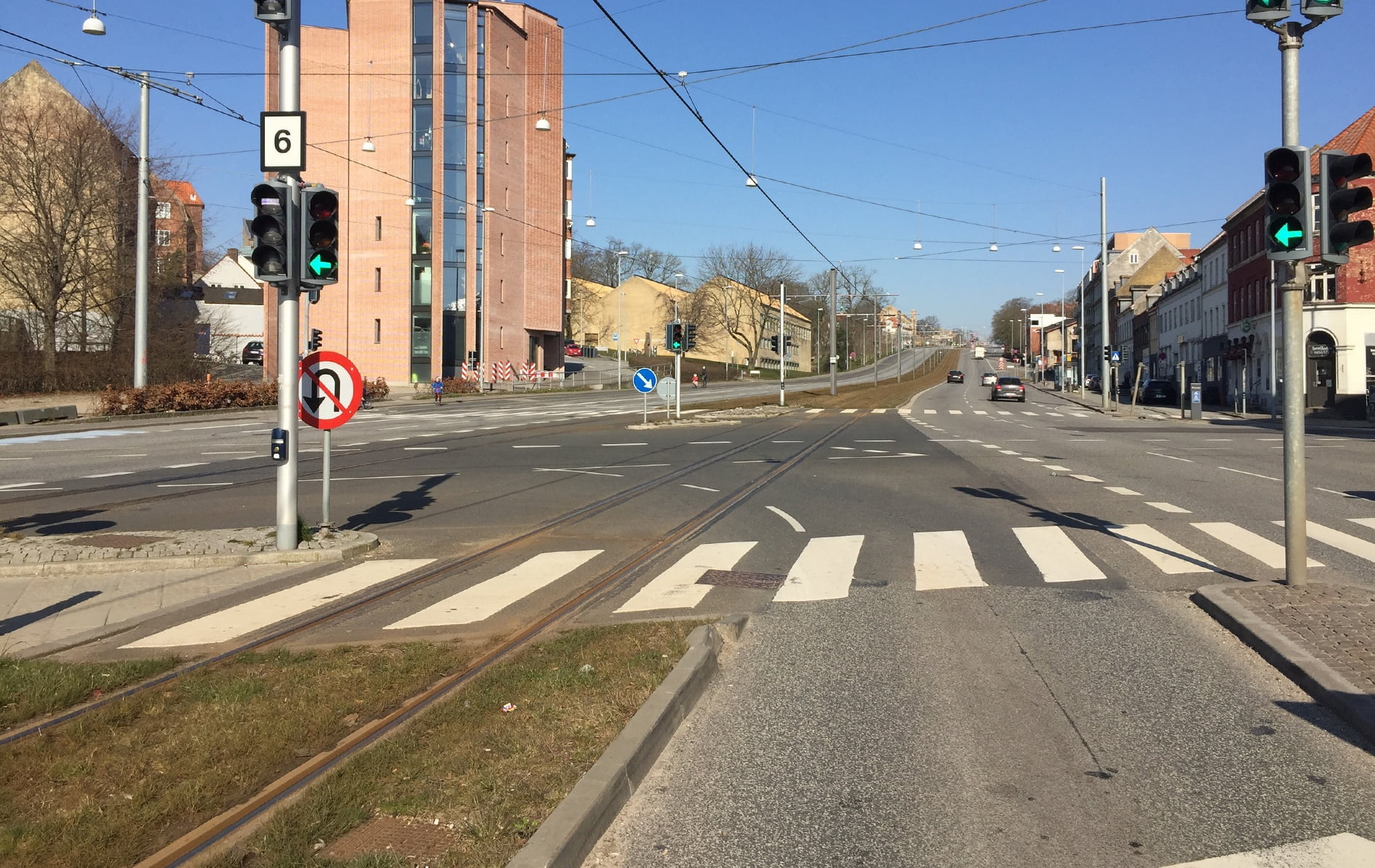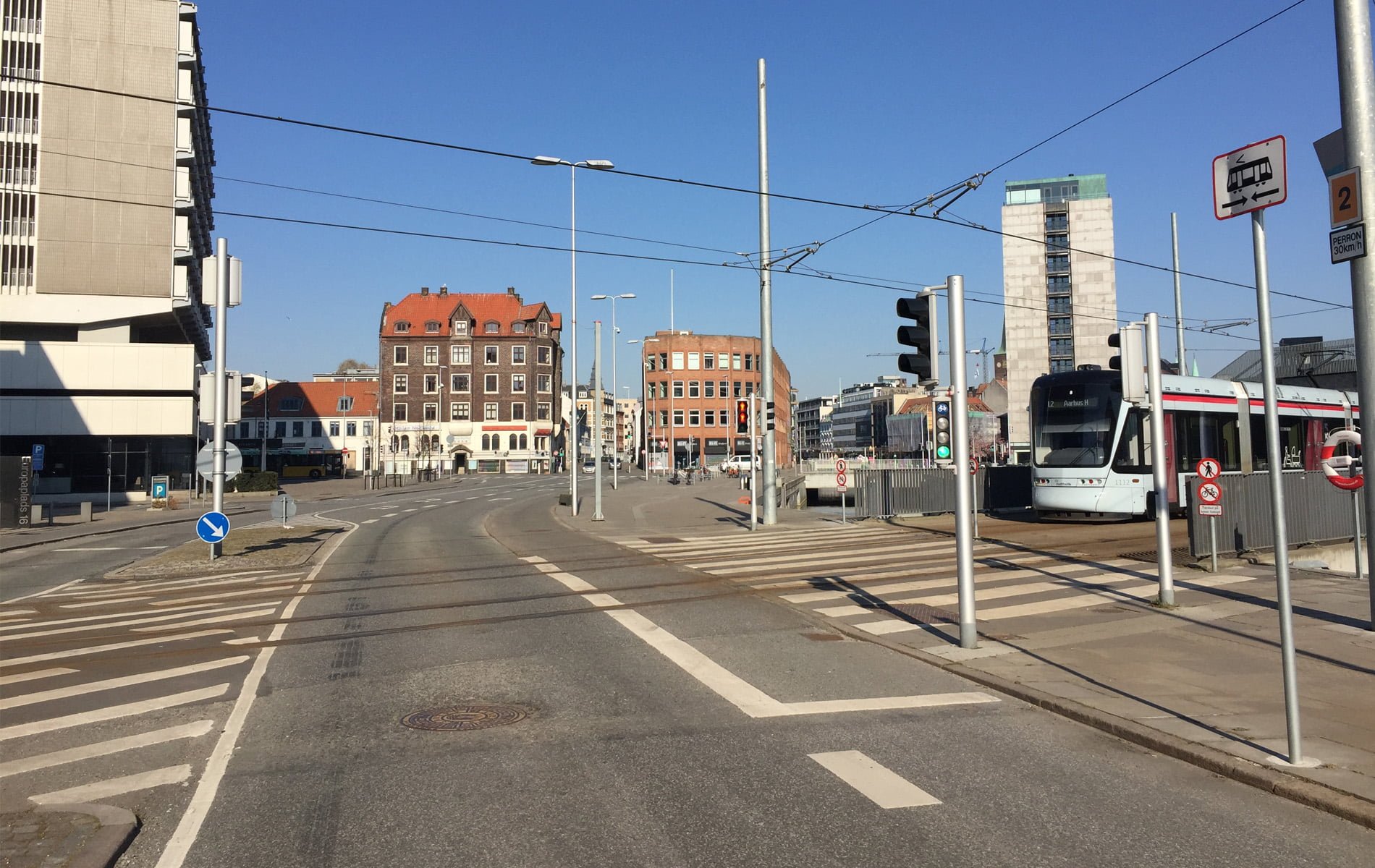motorbike
Driving school
theory book
to category A
Chapter 4: Manoeuvres on the road
When you go out and practice riding your motorcycle in traffic, you need to learn some routine manoeuvres. These are common situations that motorcyclists encounter time and time again. And not all of them can be learnt at a training ground or driving school.
It's all about:
- Start-up, positioning and speed when travelling straight ahead.
- Lane changes, U-turns, passing stopped vehicles and pedestrians, etc.
- Meeting, driving in front of or behind others and overtaking.
- Driving at intersections.
- Driving on motorways, in the dark and during headlight switch-on time in general.
- Driving alongside others, in roundabouts and in traffic lane moratoria.
- Stopping and parking.
- Driving in tunnels.
For each of these manoeuvres, or situations, there are specific accident and risk conditions as well as orientation and manoeuvring skills that you need to know. To be prepared for these situations, read the section in the Driving School's theory book for category B called "Manoeuvres on the road". Read the chapter a second time just before you are about to meet the rest of the traffic. Traffic rules are traffic rules, whether you are a motorcyclist, car driver or pedestrian. But there are also some very special rules for motorcyclists. Of course, you need to know them.
Placement on the carriageway
A motorbike is not allowed to ride next to another vehicle in the same lane. You must position yourself to the left or right of the centre of the lane, depending on other conditions. Pay attention to stripes, oil spills and tyre covers, etc.
If the road is wide, move slightly to the right in the lane. This way, you won't tempt other road users to pass you on your right-hand side. On the other hand, don't be tempted to squeeze in between two rows of cars, for example. This is simply illegal and deadly dangerous.
In a group
If you are several motorcycles in a group, you must take a staggered position in the same lane, so that no one is travelling directly next to each other. Make sure you keep an appropriate distance to drivers in front and behind you and also to each other. The last motorbike should put is in the centre of the lane.
Swing
Before entering a left turn, pull out towards the edge of the road. And before a right turn, pull in towards the centre line. This will give you the best view of the corner and you will then follow the ideal line and flatten the corner. You can read about the ideal line on page 48. You will have the opportunity to try out the technique when you take a trip to the technical driving centre. When turning, lean your body towards the centre of the turn while keeping your head fairly upright. When turning left, be careful not to get too close to oncoming traffic. When exiting a corner, accelerate slightly so that the motorbike straightens up again.
Crosswind
A motorbike is very sensitive to crosswinds. When encountering larger vehicles, wind turbulence can easily build up and the motorbike's course can easily be affected. As you know, crosswind sensitivity increases if you have passengers or cargo on your motorbike.
If there is also a crosswind, you should pay extra attention. A strong or unexpected gust of wind can easily move your motorcycle a few metres to the side before you have time to react and control it. If you're riding in a constant crosswind, for example from the right, you'll automatically steer slightly into the wind and lean against the wind pressure. If you suddenly find yourself in the lee of a hill or some buildings on the road, you will steer very much to the right. You should also be aware of such wind/shelter differences when overtaking or being overtaken by a larger vehicle. Especially if there is a strong wind at the same time. Always slow down if there is a strong crosswind or when meeting larger vehicles.
Visibility
A motorbike doesn't take up much space in traffic. You have to do something yourself to be visible, otherwise you can easily be overlooked or confused with a moped.
Many dangerous situations occur at intersections where drivers or other large road users fail to stop for motorcyclists. Either they have not seen the motorcyclist or they have misjudged the distance and speed. Pay particular attention in situations where a fellow road user has an unconditional right of way. It is mandatory to drive with lights on during the headlight switch-on time. This means from sunset to sunrise, in foggy weather and generally when visibility is poor, you must use at least dipped headlights. Outside of the headlight switch-on time, you must drive with your dipped headlights on. However, you can choose to drive with your fog lights on or a special driving light that must not dazzle other road users.
Stopping and parking
The rules for stopping and parking that apply to cars also apply to for motorbike.
§ The law states that, in general, you are not allowed to park in play areas, recreational areas and pedestrianised streets unless there are specially marked areas. However, bicycles, mopeds and two-wheeled motorcycles are exempt from this rule. In other words, you can park your motorbike in most places if it does not cause danger or inconvenience to others. In car parks where there are special bays for motorcycles, you must use them.
Driving by light rail
Risk conditions
Lack of attention to traffic lights and signs, resulting in failure to give way and collision with the light rail.
Lack of attention to the light rail while performing other traffic manoeuvres, resulting in collisions with light rail trains.
Light rail vehicles have a long braking distance, so it is important that other road users pay special attention to light rail vehicles.
Light rail vehicles drive according to conditions, signals and traffic. This means that a light rail vehicle travels according to the speed limits that apply in and outside densely built-up areas. However, the speed of light rail vehicles must not exceed the speed limit for buses (max. 80 km/h).
Accidents
Accidents happen on the light rail when road users misunderstand or ignore the red light signal.
Accidents happen when pedestrians miss the light rail train when crossing the tracks.
Accidents happen to road users who miss the light rail train while manoeuvring their car.
Accidents happen when road users misunderstand or misinterpret the special traffic conditions around the light rail.
Light rail signalling (X 19 Bus and light rail signalling)
The light rail signals are set up in such a way that they are only valid and show signals for drivers of light rail vehicles. Thus, the light rail will only be signalled to move if other signal groups have closed to other traffic that may conflict with the light rail's movement. In practice, this means that other drivers must primarily focus on and follow the markings and signal groups that generally apply to themselves and not those that apply to the light rail.
Motorists should remember that the driver of a light rail vehicle is in principle on an equal footing with other road users, but does not have the same opportunities to take evasive action. Likewise, hard braking can have serious consequences, especially for standing passengers. Therefore, it is crucial for safe traffic flow that drivers and other road users focus on the light rail and show the necessary consideration.
Here, the light rail has a red light and you have a green light.
The light rail signal has white light in all three light openings. Lights in the top, top and centre, centre and bottom openings have the same meaning as red, red and yellow, yellow and green lights respectively.
Practical skills (learn in the school car if driving on the light rail in practice):
When travelling by light rail, speed must be adjusted to allow time to get used to the changed traffic conditions.
Test your knowledge
Cat. A - Section 4
Select the questions you think are the right ones.
